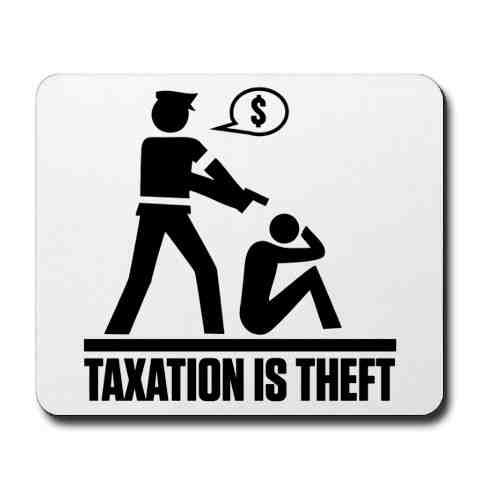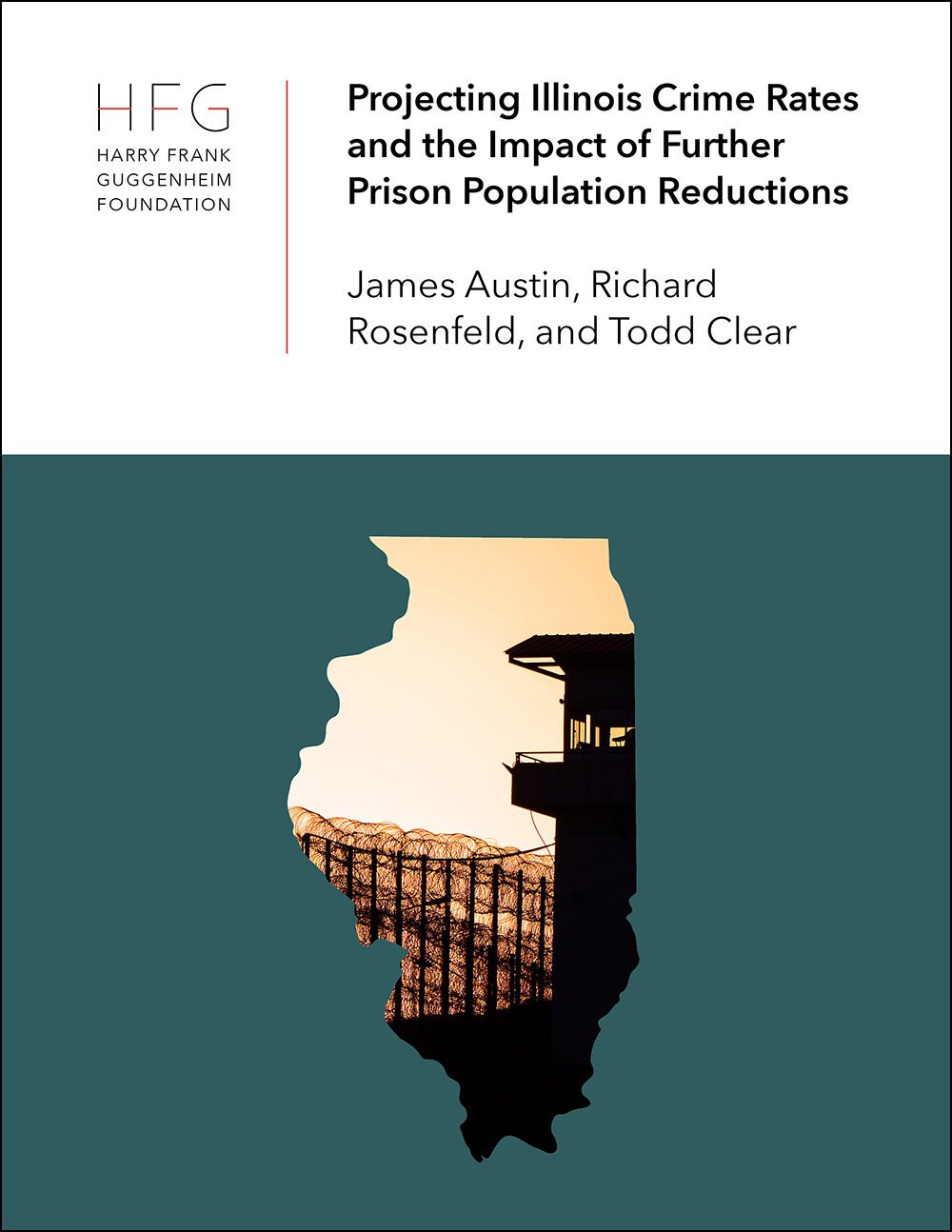By Osborne Jackson and Thu Tran
The “hidden tax” resulting from larceny crime refers to the higher prices paid by consumers to producers who raise prices in order to pass on some of the associated cost of such theft. In the same vein, consumers who are victimized by larceny theft could pass along some of the associated cost that they bear by spending less. This study analyzes larceny crime as a hidden tax in order to examine its welfare implications. Using traditional tax theory, the authors first characterize how larceny crime might create distortions in a given product market. Employing a sample covering 17 US states during the 2000–2015 period, they then use the enactment of higher felony larceny thresholds to generate exogenous variation in larceny crime by product market. A felony larceny threshold is the dollar value of stolen property at or above which a larceny offense may be charged in court as a felony rather than a misdemeanor. Focusing on the subset of larceny crime that is likely most affected by raising the larceny threshold, the authors calculate baseline hidden tax rates and then examine how changes in larceny rates related to higher thresholds affect this tax. They use these estimated changes in the hidden tax rates to compare the associated welfare costs of larceny crime across product markets.''
Boston: Federal Reserve Bank of Boston, Research Department. 2020, 33





